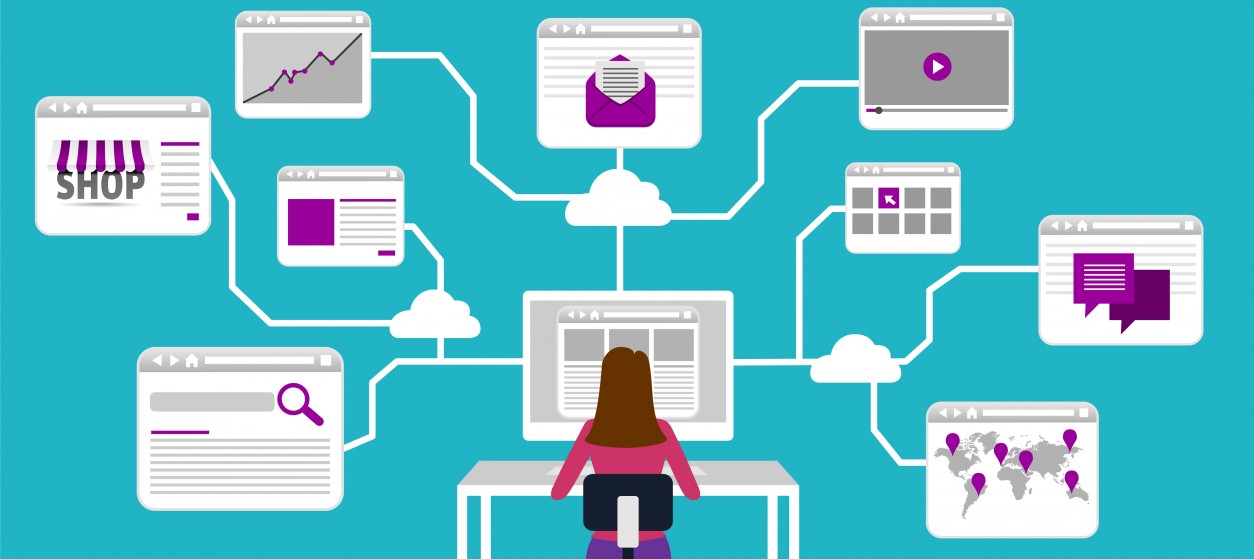Even when cloud computing was nascent, insiders saw its potentials and many companies began to offer cloud computing services to their clients. This included storage services, certain software services that could be used on the cloud and other such services which were all charged as per usage.
This helped many small and medium companies to avoid making huge investments in infrastructure, platforms and software. Naturally, cloud computing has grown to be the single most important domain within IT industry and the future belongs to the cloud.
However, when cloud isn’t utilized properly, it can result in many problems. Most of these problems are related to data security and privacy. In this article, let us take a look at the three most important models of cloud computing that exist today and what problems each of these models can present a client with.
Infrastructure as a Service (IaaS)
Infrastructure as a Service is a cloud computing model in which a client outsources their equipment requirements. Some of the infrastructure that is included within this model are hardware, servers, storage and components related to networking. The vendor shall be responsible for maintaining, running and housing the infrastructure and making those services available over the cloud. Clients pay based on their usage while the cloud computing vendor owns all the equipment.
Here, privacy concerns may crop up with it comes to sensitive data that is stored and questions may also arise about loss of data and data retrieval. With desktop virtualization growing in importance, data security and privacy of consumer data will be some of the most pressing concerns with regard to Infrastructure as a Service (IaaS). A remedy to these concerns would be sign legal contracts which bind the vendor when unfavorable eventualities occur. Most cloud vendors who are reliable and reputed offer excellent data and privacy protections.
Platform as a Service (PaaS)
When we speak about Platform as a Service, we are essentially discussing computing platforms which are offered by cloud providers. The services may include programming language execution environment, web servers, database and operating systems. Companies that engage in app development can run their software solutions using the platforms provided by cloud providers. Developers will not have to invest in purchasing and managing hardware and software required to run these platforms.
While Platform as a Service (PaaS) is very favorable to companies that engage in software and app development but do not want to invest in development platforms, it comes with its own risks. PaaS may for instance breach security and privacy protocols due to mismanagement or even technical errors. It is important to choose a cloud provider who guarantees security and privacy with respect to data, before entering into contracts. While PaaS is an important model of cloud computing, a client should sign a contract only when he or she convinced about data and privacy safety protocols.
Software as a Service (SaaS)
In this model of cloud computing, clients can access databases and application software offered by a cloud vendor. Vendors manage platforms and infrastructure that run the software programs. It is also known as ‘on-demand software’ and clients pay depending on the usage of the software. Software programs are installed on the cloud and users (clients) access the software programs on the cloud.
However, their data will be stored on the service provider’s cloud. This opens door to unauthorized access of data and breach of security protocols. One can use third-party intelligent systems to secure data and protect consumer privacy. Challenges of resource management must be addressed too. This is a major area which needs to be given special attention to.
Overcoming challenges posed by cloud computing models
One of the most important things to remember is to sign contracts with only reliable and reputed cloud computing companies. For example, IT Exchange uses some of the highest security and privacy standards when it comes to consumer data stored on the cloud.
To overcome the above mentioned challenges, it is important to ask questions and make sure that industry standard security and privacy protocols are adopted by cloud providers. If data and privacy concerns are addressed, nothing really holds back companies from going the cloud way in the future.










